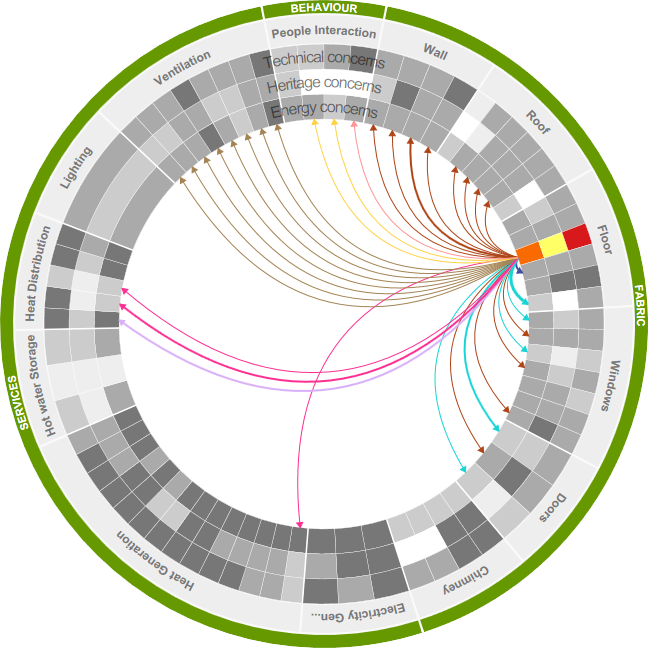Reference: The impact of physical rebound effects on the heat losses in a retrofitted dwelling (2011) Deurinck, M., Saelens, D. and Roels, S.
Original document location: Click here
Abstract or summary
In Flanders, as in many European regions, a calculation method has been developed in the framework of the EPBD-directive to evaluate the energy performance of newly erected dwellings. Although not intended to, this method is now more and more used to predict energy savings when retrofitting existing, badly insulated dwellings. In this calculation method the dwelling is considered as a single zone at a fixed indoor temperature of 18 °C. This paper investigates whether these assumptions are appropriate when calculating energy savings. On the one hand, although this indoor temperature gives a fairly good estimation for new dwellings, it cannot reflect the indoor climate in old, badly insulated dwellings where dwelling mean indoor temperatures can be considerably lower than 18 °C. Energy consumptions before retrofit are thus easily overestimated. On the other hand plays the physical rebound effect. When insulating the building envelope of a poorly insulated dwelling, the indoor temperature will rise, even if the heating pattern of the inhabitants remains unchanged. Using a fixed temperature for all insulation levels cannot incorporate this physical rebound, leading to inaccurate predictions of energy savings. In this paper the impact of a fixed indoor temperature of 18°C on the net energy demand is analysed by simulations on an existing terraced house with different insulation levels. The comparison is made with a more realistic heating pattern where only part of the dwelling is heated intermittently. The simulations reveal a physical rebound and the need for a correlation between indoor temperature and insulation level.

